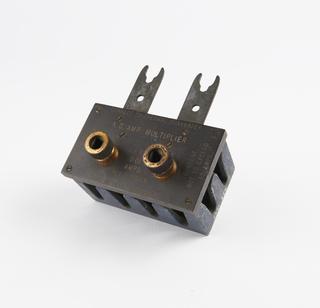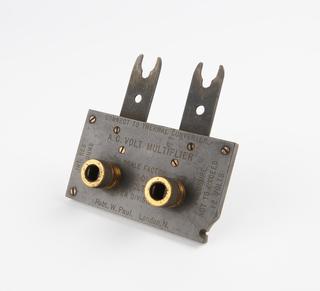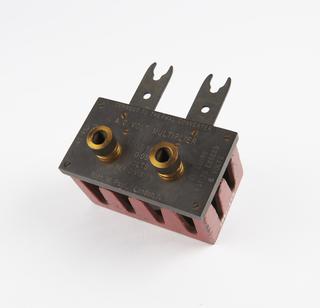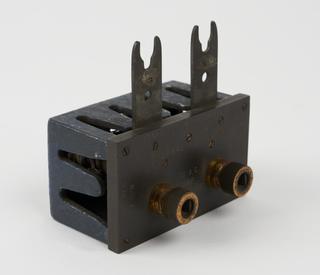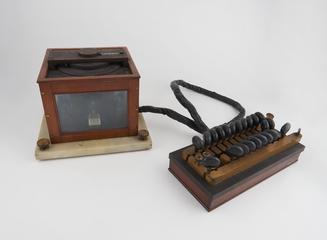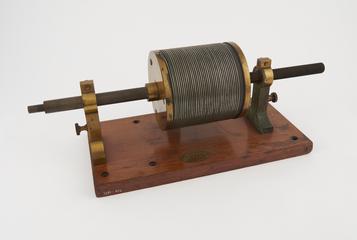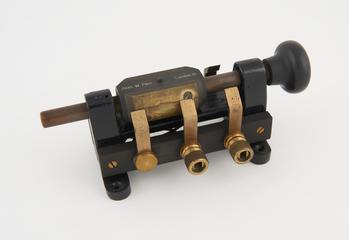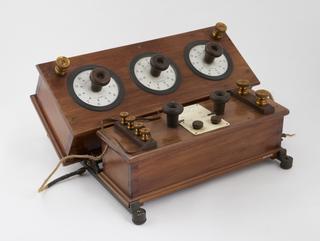
Robert W. Paul
- Nationality:
- British
The story of Robert W Paul illustrates how a single incident can change both the course of someone’s life and of history. Paul was an electrical engineer with a workshop in Hatton Garden, London. In 1894 he was approached by two Greek entrepreneurs who asked him to manufacture duplicates of the Edison Kinetoscopes they were already operating. Since the machine was not patented in Britain, Paul was free to do so and he made several, which he also sold to other showmen. Naturally, Paul's customers also wanted a supply of films to show on the machines.
Paul applied his mind to the development of a camera in order to make films for the Kinetoscope. He collaborated on this with the photographer Birt Acres who showed him provisional designs in
February 1895. Within a month, they had a workable camera which Acres used to shoot the first film made in Britain, Incident at Clovelly Cottage. The camera was based on Marey's Chronophotographe
but used 35mm sprocketed film like that Edison used for the Kinetoscope. Paul immediately wrote to Edison, offering to supply films for the Kinetoscope. Edison rejected the offer but two of the films that Acres made for Paul in 1895 were shown at the first public showing of Edison's Vitascope in New York on 23 April 1896.
Paul's production company was at its peak between 1900 and 1905 but gradually he became disenchanted with the business. At that period, films were sold outright to showmen and cinema operators; the now-standard practice of renting prints and earning royalties on cinema admissions came a few years later. Competition amongst producers was such that prints were sent to exhibitors on approval; many just showed the films and sent them back without payment. Eventually, this practice was stopped but by 1910 Paul decided that his film business had become too much of a financial risk. He closed it down, destroyed his stock of negatives and thereafter concentrated on his electrical engineering work. His company was amalgamated with the Cambridge Engineering Company in 1919, traded at 44 Hatton Garden, London (1890s-1910s) & then New Southgate, London (1910s-19). In 1913, Paul donated a number of his early machines to the Science Museum and they became the basis of the Cinematography collection. They are now stored at the National Media Museum in Insight: the Collections and Research Centre.
